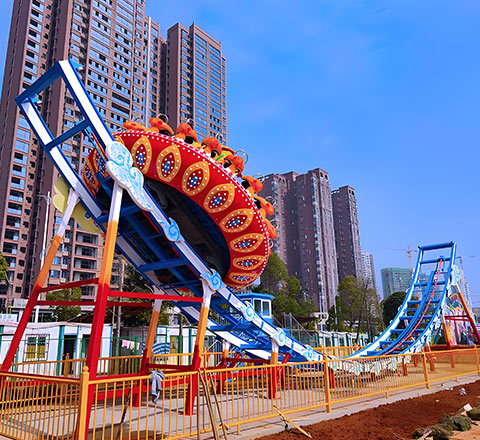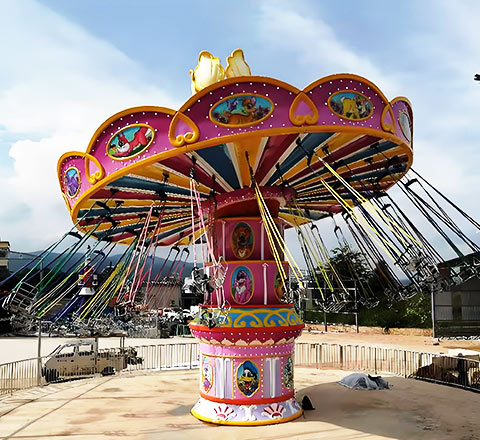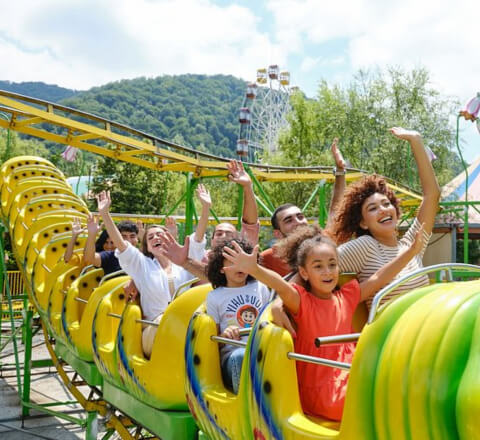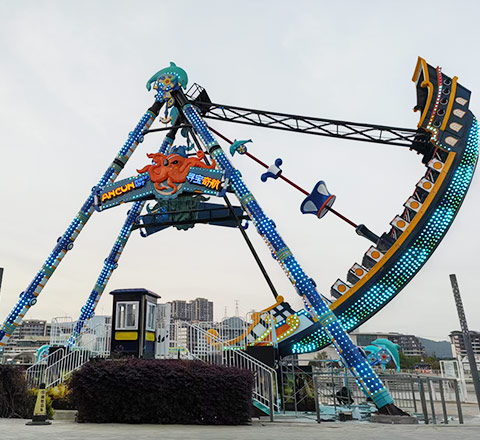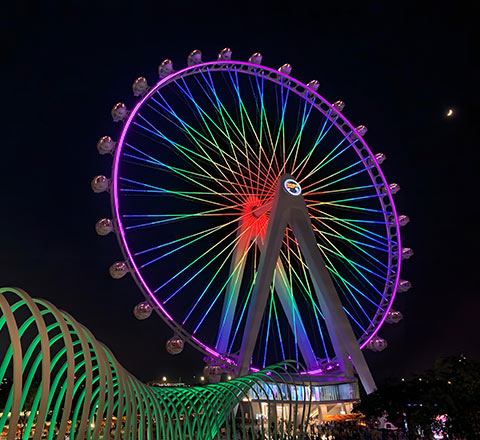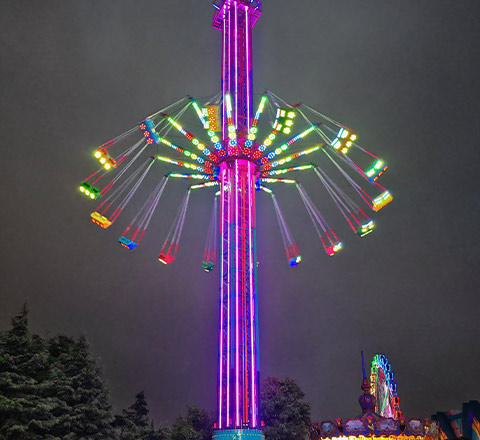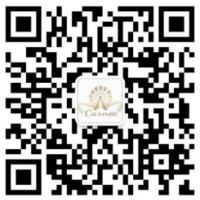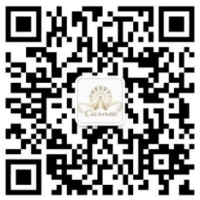Designing an Attraction:
Designing an excellent attraction can take months when it’s all said and done. Fortunately, there are some steps that can streamline the process and eliminate some roadblocks along the way. Let’s break down the building blocks of an attraction and tips for attraction design.
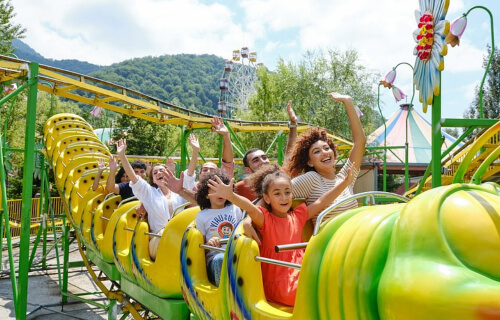
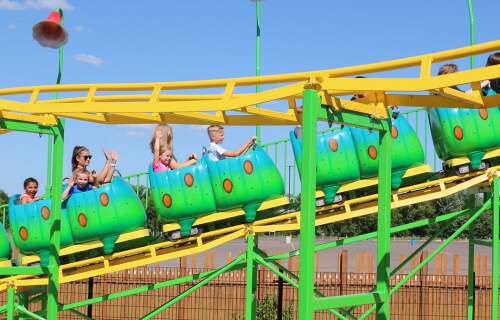
Theme:
Each attraction should focus on its own theme or storyline that exists within the theme of the park. In our previous example, we suggested that a pirate-themed park could warrant themes like ships, sailing, seeking treasure, fleeing opposing pirates and so on. Oftentimes, an attraction can take elements of the larger theme and concentrate it into its own storyline.
Attraction Type:
When choosing the type of attraction to add to your park, here are few factors to keep in mind:
- What attractions does the park already have?
- What attractions match your market demographics and preferences?
- What new attractions are your competitors releasing?
An attraction is an investment in your park and needs to offer a profitable return. For a ride, that means leaving guests wanting to come back, with friends and family, for more. Some attractions are so popular, they’ve warranted merchandise and even movie franchises! You’re not just relegated to roller coasters, however. Here are the types of attractions you could consider:
- Thrill Rides: pirate ship or 30m jumping circle
- Family & Kids Rides: An indoor ride that tours through a series of specially lit scenes
- Sightseeing Car: Monorails, train rides, carriages or other modes of transportation that move large numbers of guests from one part of the park to the other
For the hypothetical pirate park, a ship-themed attraction could manifest in several ways, whether that’s the traditional pirate ship swing ride, water ride with the car shaped like a ship or a dark ride, such as the classic Pirates of the Caribbean attraction at Disney.
Available Space:
Each attraction type requires different square footages and building requirements to make it successful. A dark ride requires a building while a coaster requires room for the track and so forth. There also needs to be enough room for line queues, crowd flow, on-ride photo booths, restrooms and landscaping too. The smaller the space you have to work with, the more expensive it may become for engineers and contractors to successfully design and implement the ride.
Layout:
This may be the most important part of the process. The layout determines the flow — from onboarding, riding and off-boarding the attraction. In addition, the layout should factor in the ride’s length, safety features, thrill factor, storyline, engineering and structural considerations and any incorporated storefronts or points of interest. Capacity can also determine the sort of investment you make into a ride. This is calculated in hourly riders. A ride that can accommodate 400 guests per hour shouldn’t eat up your budget when another attraction could serve 3,400 per hour. The ability to move guests through the queue will impact wait times and necessary line accommodations.
Theme park attraction layout design tips:
Designing the layout of an attraction is the most involved aspect of the project, which is why we’ve outlined some additional tips for designing a ride that will make your guests want to get back in the queue!
Build a Safety Bubble:
Keeping guests safe is the highest priority at the park. When laying out your attraction, you’ll need to determine a bubble of safety around your guests as they enjoy the ride. This bubble is determined by the farthest reach of any passenger. For bigger rides, like coasters, strapping guests into their seat with belts or drop-down bars limits their movement and shrinks the bubble. Slower rides with larger seats and no restraints will increase the bubble significantly. The idea is to immerse the guest into the attraction while minimizing their ability to make contact with set pieces or potentially hazardous scenarios.
Tell a Linear Story:
Every single story has a beginning, middle and end. So should your ride. These stories can be very simple and direct or they can build from scene to scene. A coaster, for instance, may telling the beginning of a story when passengers board the ride, the middle is quick and action-packed, followed by the end of the ride that marks the conclusion of the story. A dark ride, on the other hand, can tell a story more leisurely with set pieces, scenes and characters who “follow” the audience from beginning to end.
Avoid Dead Space:
The idea of any attraction is to keep your guests’ attention. Dead space can disrupt their focus, so be mindful of avoiding dead space when laying out your ride. Think rounded corners even if you’re in a square environment. If dead space can’t be avoided altogether, try adding additional theme elements or transitionary props to help bridge one scene to another. You can also play on the passengers’ other senses. Darken an area of dead space and incorporate a voice-over or sound effects, for instance. Use every square inch of your attraction to deliberately guide and direct the riders’ focus, varying from limited theme to highly themed throughout.

